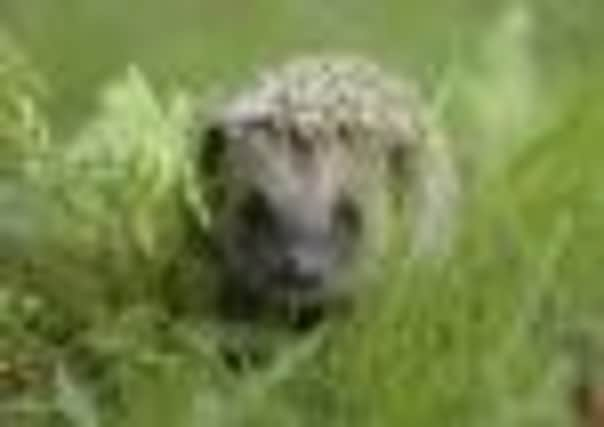Katie Humble
June is usually the time to sit out and enjoy the garden, but given the dreadful weather we had for most of May, I’m a bit reluctant to say that. However, the optimist in me thinks we’ll have a wonderfully sunny month where we can relax outdoors and enjoy the wildlife around us. Fingers crossed! One of the things to look out for in June is adult birds gathering food for fledglings right into the evening. Most garden birds, even the seed-eating finches, tend to feed their young on insects at this time of year. You may notice birds taking caterpillars or insect larvae off to their nest, before returning to boost their own energy levels from the bird table or feeder. In hot weather, keep a supply of fresh water for your birds to drink and bathe in and avoid putting out dry food such as stale bread, as this can hasten dehydration. If you do decide to put down your cold drink and reach for the gardening tools, then there’s still time to fill any gaps in your flower borders with quick-growing annuals grown from seed. You can also buy flowers in pots from your local garden centre, but they will need to be watered in well and kept moist once planted. You may have noticed a few tiny pests on your plants, but please avoid spraying as pesticides will also kill ladybirds and other helpful insects. Birds, such as tits, will eat insects and pests but if greenfly or aphids become a real concern, you can wash them off with a dilute solution of washing-up liquid, which is a much more nature-friendly option. If you enjoy wildlife watching from the comfort of your own back garden, then why not take part in the RSPB’s annual summer wildlife survey, Make Your Nature Count? The charity is asking people to keep a look out for a variety of wildlife in their garden or local park. Slow worms – a type of legless, slug-eating lizard – are the unlikely stars of the survey this year, but the RSPB is also asking us to look out for hedgehogs, moles, and garden birds and their chicks. The survey takes just one

